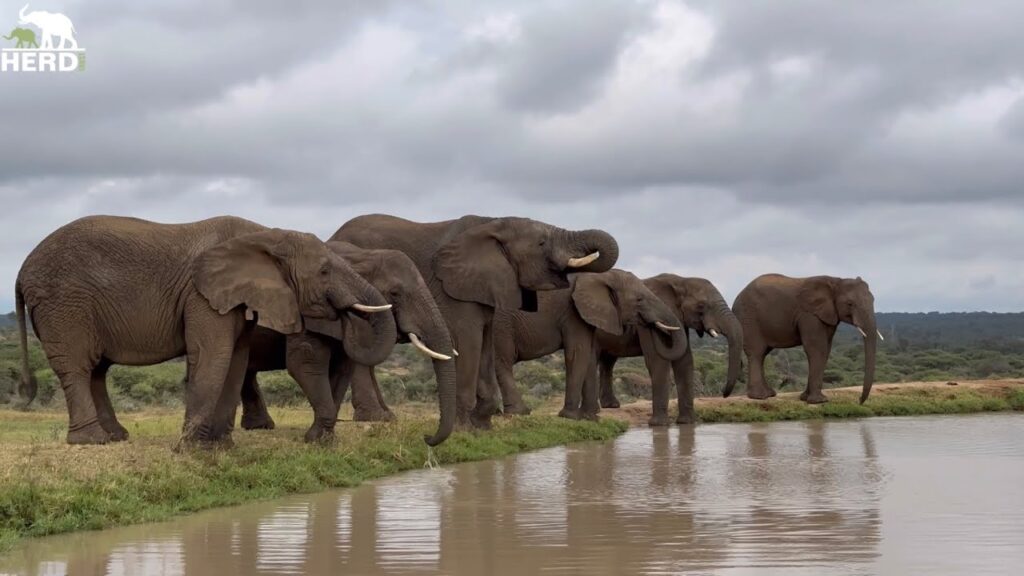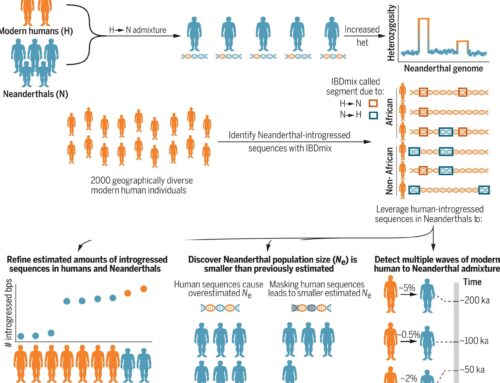
Article originally published in The Guardian ~~
Mammals that live in groups generally have longer lifespans than solitary species, new research into nearly 1,000 different animals suggests. Scientists from China and Australia compared 974 mammal species, analyzing longevity and how they tended to be socially organized. Classifying mammals into three categories – solitary, pair-living and group-living – the researchers found that animals who lived in groups, such as elephants and zebras, tended to live longer on average than solitary species such as the aardvark and eastern chipmunk.
The correlation held even when the researchers took into account a link between larger species size and longer lifespan. The maximum lifespan of mammals varies from about two years in shrews to more than 200 years in bowhead whales. Northern short-tailed shrews – which are solitary animals – and group-living greater horseshoe bats are similar in weight, for example, but live to a maximum of around two and 30 years respectively. The researchers also conducted genetic analysis for 94 species, and identified 31 genes that were associated with both social organization and longevity. The genes were primarily immunity- and hormone-related, the latter of which the study’s authors say could play a role in social behavior.
The study’s authors hypothesise that “group living reduces extrinsic mortality by limiting the risks of predation and starvation, and the strong and stable social bonds formed among group members have the power to enhance longevity”.
“These benefits are expected to override the costs inherent in group living, such as competition for mating partners and food, stress from higher ranking individuals, and the spread of infectious diseases via social contacts,” they wrote.
Previous research into specific group-living species, such as chacma baboons, has found that individuals with strong social bonds lived longer than those with weaker and less stable relationships. Scientists have documented similar findings in rhesus macaques.
But sociality seems to play a different role in animals that don’t necessarily live in groups. A 2018 paper in yellow-bellied marmots – a “socially flexible” species – linked strong social relationships to decreased longevity.
Whether longevity confers any evolutionary advantage is contentious. Assoc Prof Celine Frere, an evolutionary biologist at the University of Queensland who was not involved in the research, said some short-lived animals reproduced much faster than longer-living species.
“From an evolutionary context, what an individual seeks to do is to pass on its genes to future generations,” she said. “An animal that lives two years versus a whale that lives 200 years most likely have produced the same amount of offspring across their lifetimes.”
Frere said the study’s findings were interesting but that its categorization of species as being solitary, pair-living or group-living was a “simplistic approach to look at social organization”.
“They want to imply that group-living species live longer. But it’s much more complicated than that. [Lifespan] is tied to their ecology. It’s tied to their reproductive biology, it’s tied to their mating system.
“Whether you’re a solitary animal or a group-living animal, you have to learn to live with others … and you will compete with others for access to resources.”
Frere added that social organisation varied significantly among group-living mammals, ranging from highly structured dominance hierarchies to fission-fusion societies, in which the size and makeup of social groups change over time.



